About us
The Moscow Aramaic Circle (MAC) emerged around 2010. Since then, its participants have published works covering all periods of the history of Aramaic languages, from the earliest Aramaic written monuments to modern Aramaic languages.
MAC participants primarily focus on the history of verbal systems in modern Aramaic languages. Aramaic languages from the 3rd to 6th centuries CE are represented by extensive textual corpora, but the transition from the Middle Aramaic stage to Neo-Aramaic is not attested in sources and must be reconstructed.
Working in this direction, circle members have turned to texts in Classical Syriac. This is a literary, highly standardized language; however, researchers from MAC have managed to find in the verbs of several Syriac corpora adstratal features that presumably point to Neo-Aramaic languages—the native languages of the creators of these texts.
Among the Neo-Aramaic languages, MAC participants have paid the most attention in recent years to studying the language of Turoyo, spoken by speakers in the Tur Abdin region of Turkey.
The research includes both synchronic aspects (grammatical description) and diachronic aspects (reconstruction of the history of the verb from the Middle Aramaic ancestor of Turoyo to its modern state). In particular, MAC members are working on a verb dictionary for Turoyo and describing dialects of this language. A volume containing texts in Turoyo recorded during expeditions to Tur Abdin in 2018-2019 is being prepared for publication.
In 2018, work began on studying the verbal system of Modern Western Aramaic (MWA), represented by dialects from three villages in Syria (Maaloula, Bakhah, and Jubbadin). An electronic corpus of MWA has been created, and with its help, MAC participants are studying the verbs of this language.
Research on the Northeastern Neo-Aramaic languages includes the creation of a new dictionary and grammatical description of the Christian literary Urmian language, the study of basic vocabulary of languages in this subgroup, and the documentation of Christian dialects prevalent in Western Georgia. An electronic corpus of the Christian Urmian language is being created, encompassing both literary and field texts.
Another direction of MAC's work is the study and publication of Aramaic manuscript and epigraphic monuments. Circle participants have prepared editions of various Syriac manuscripts (historical, hagiographic, mystical texts, incantation collections) as well as inscriptions on magical bowls in Jewish Babylonian Aramaic.
Most members of the circle work in the research seminar "History of Aramaic Language" at the Laboratory of Unnecessary Things, led by Sergey Loesov. The same laboratory also hosts Maxim Kalinin's seminar on Syriac mystical literature.
Members
 | 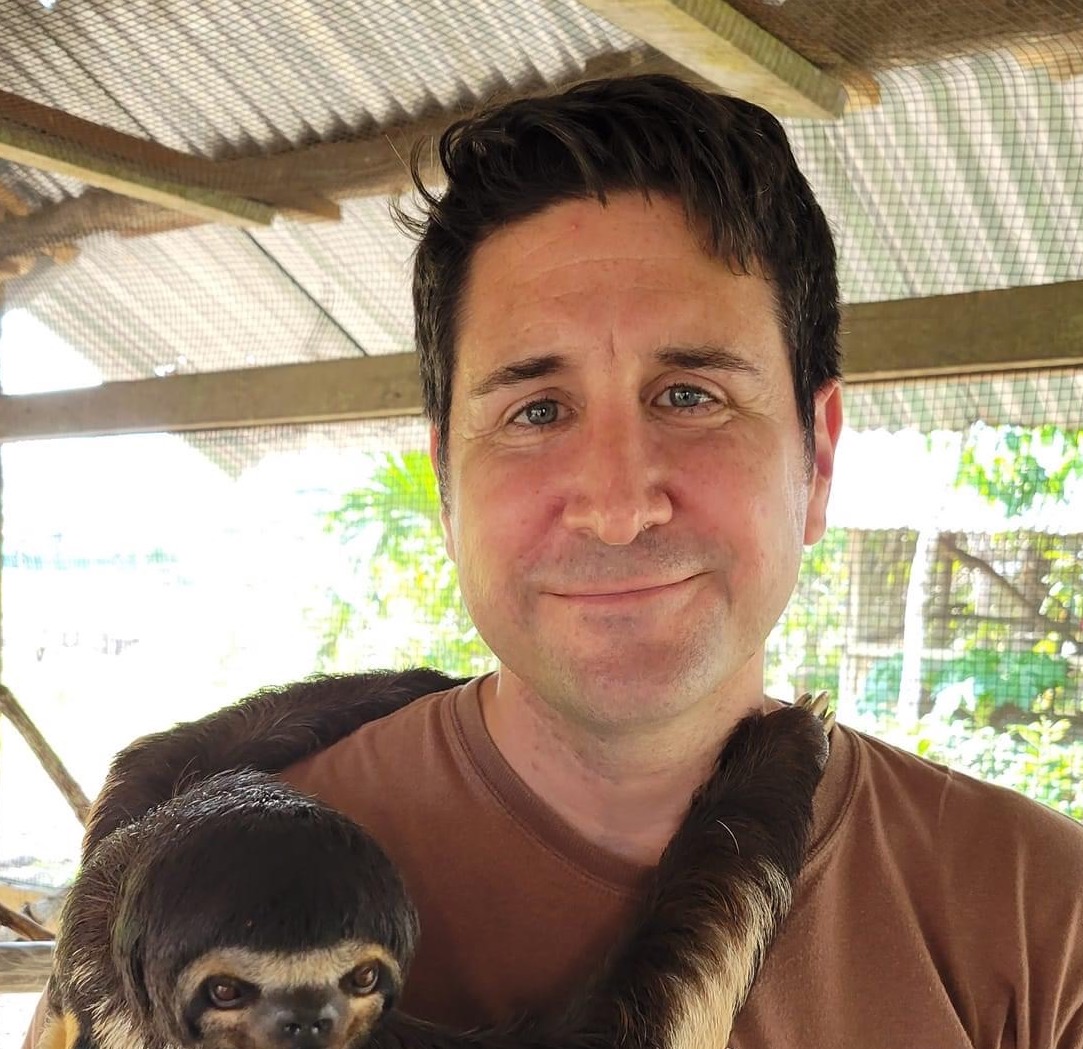 | 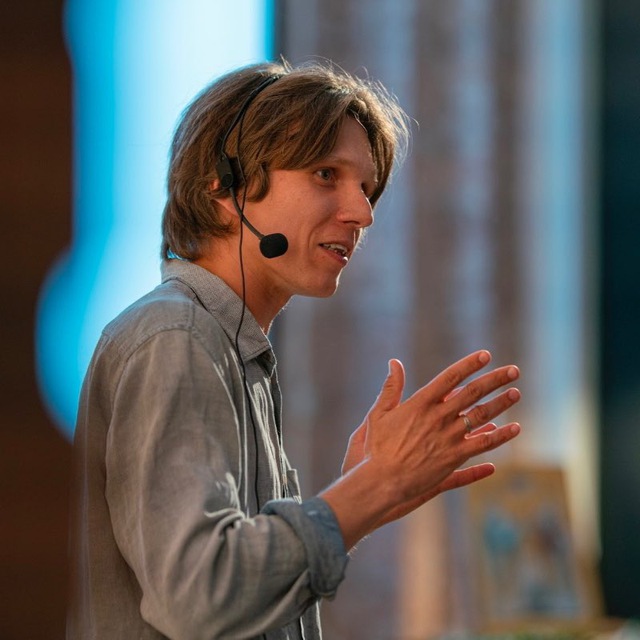 |
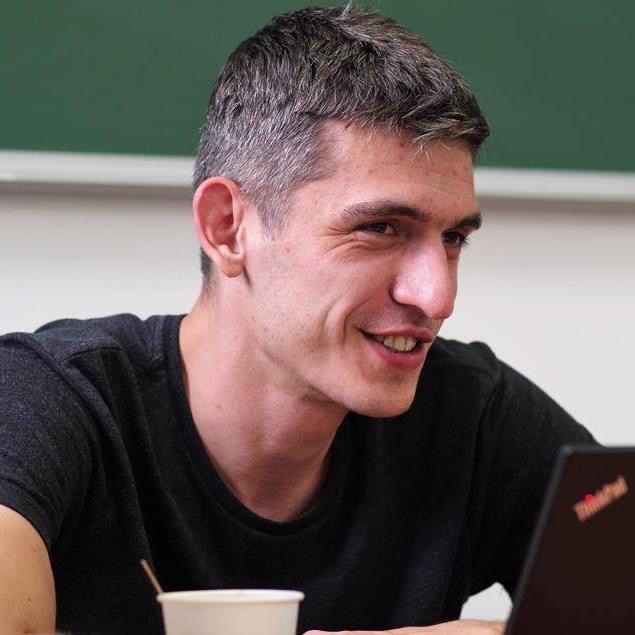 | 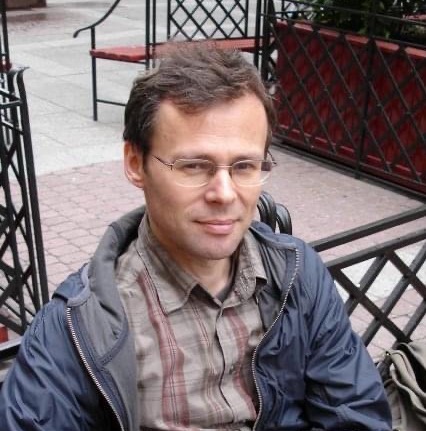 | 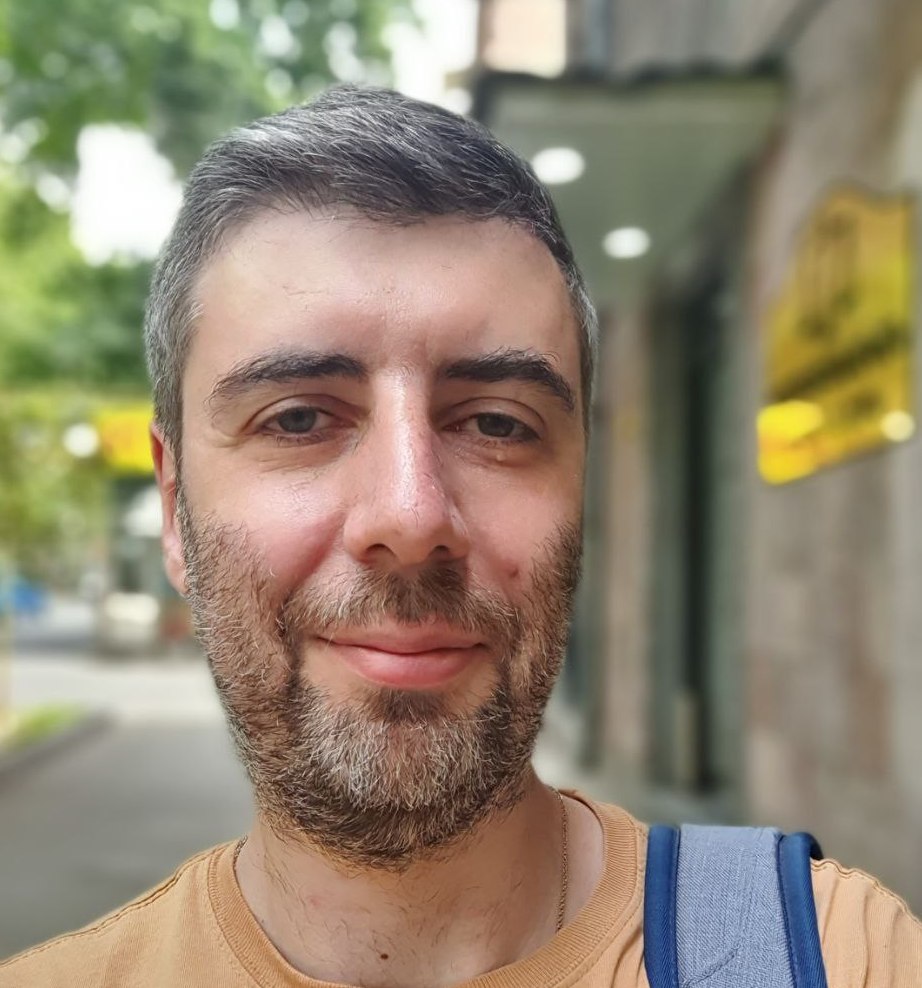 |
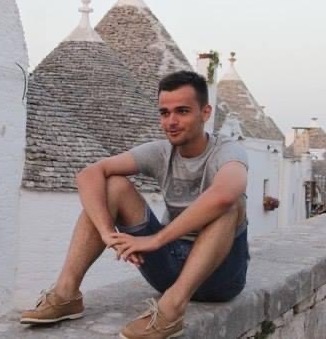 | 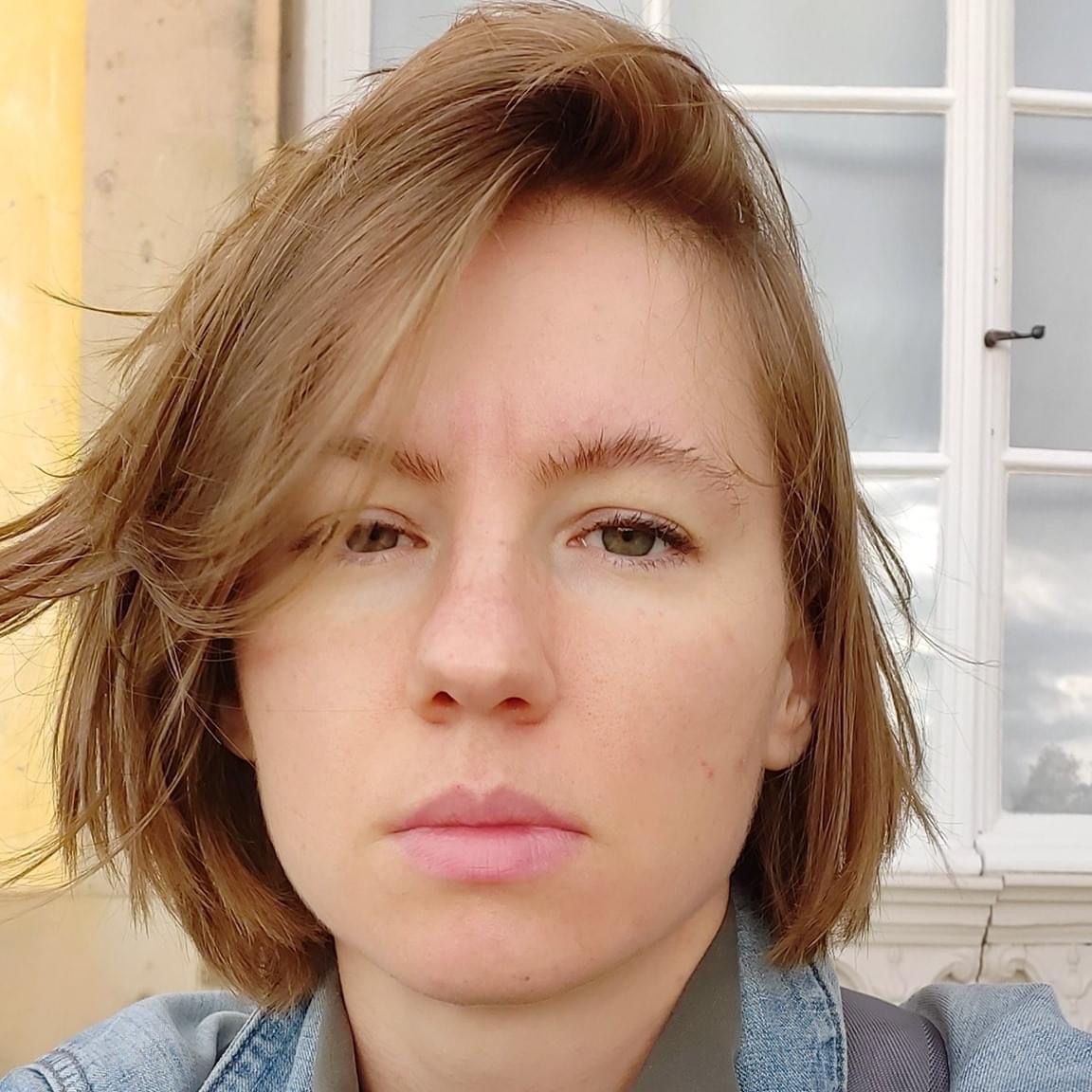 | 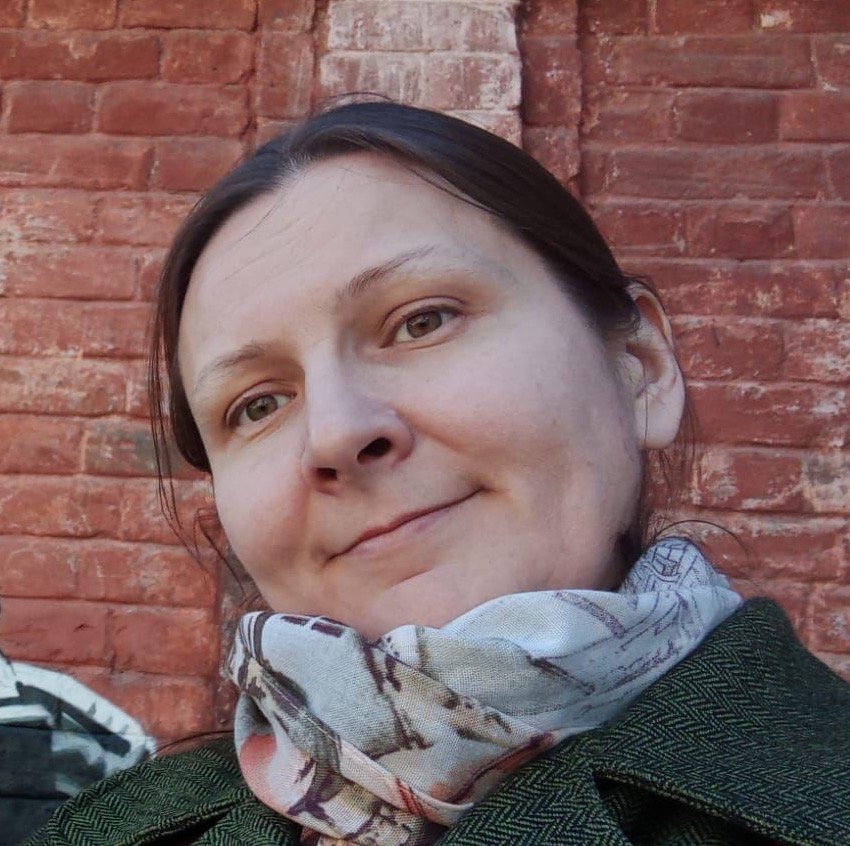 |
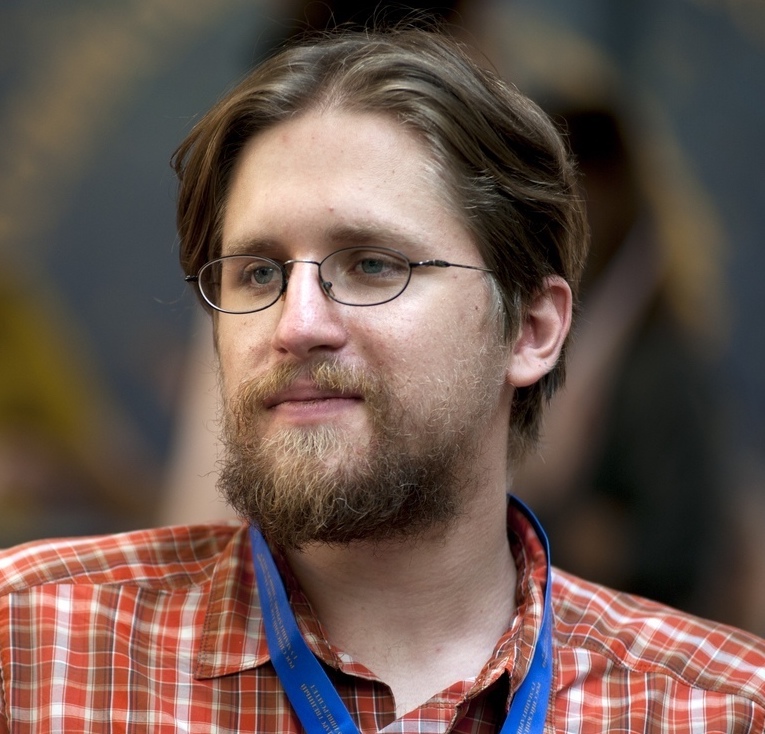 | 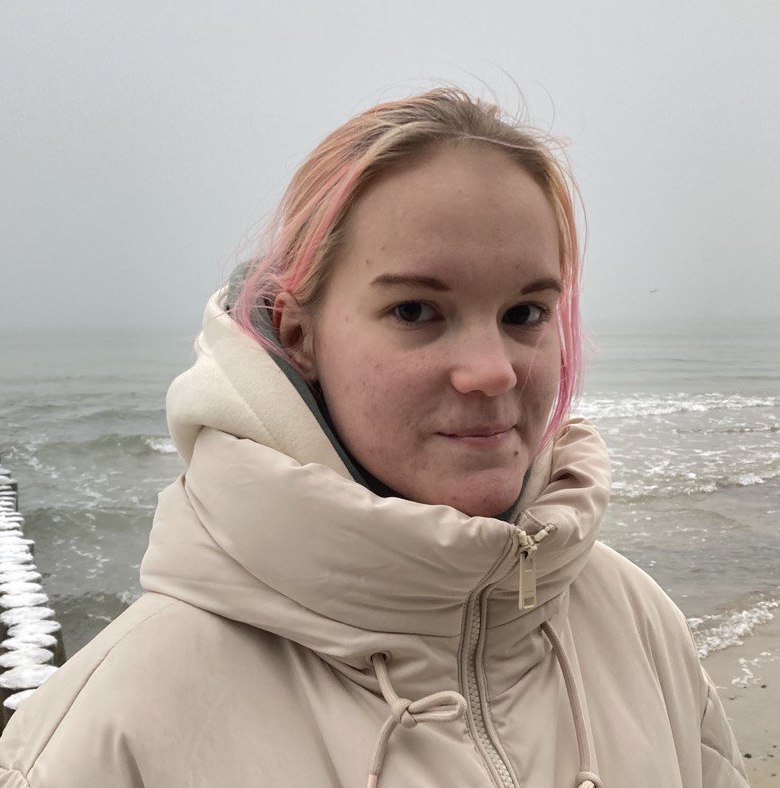 | 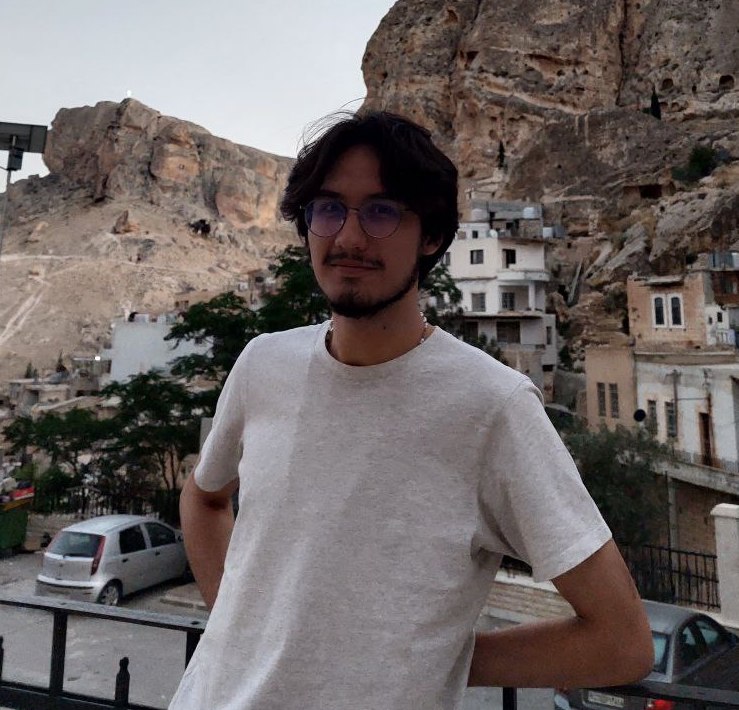 |
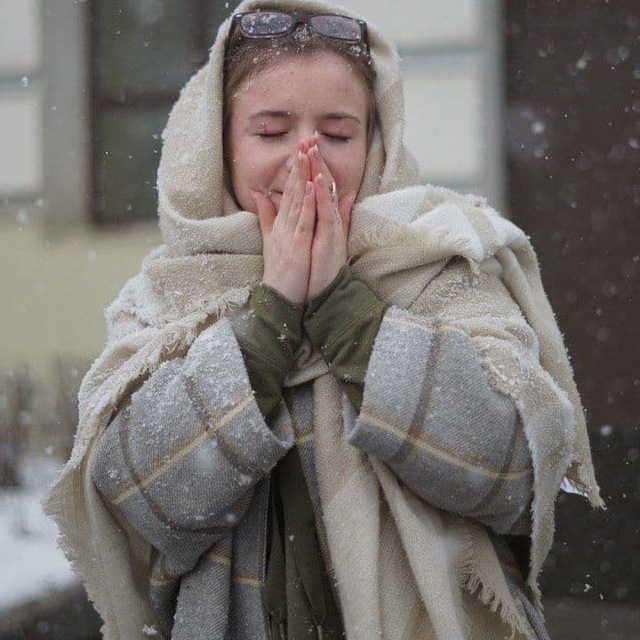 | 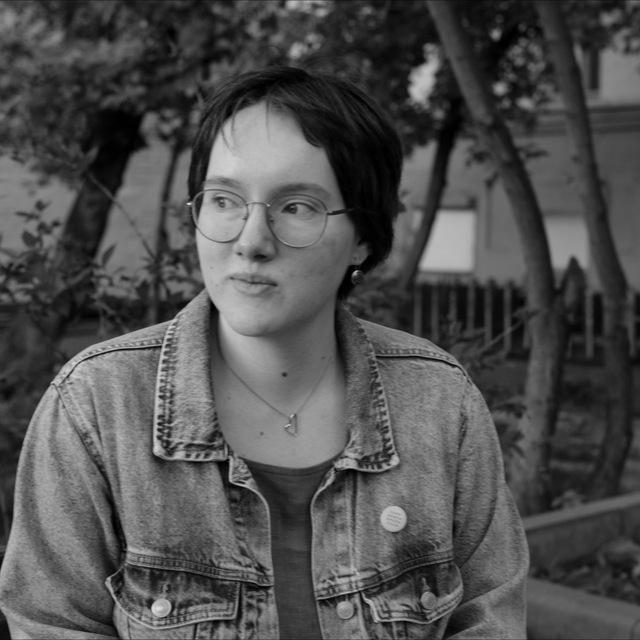 | 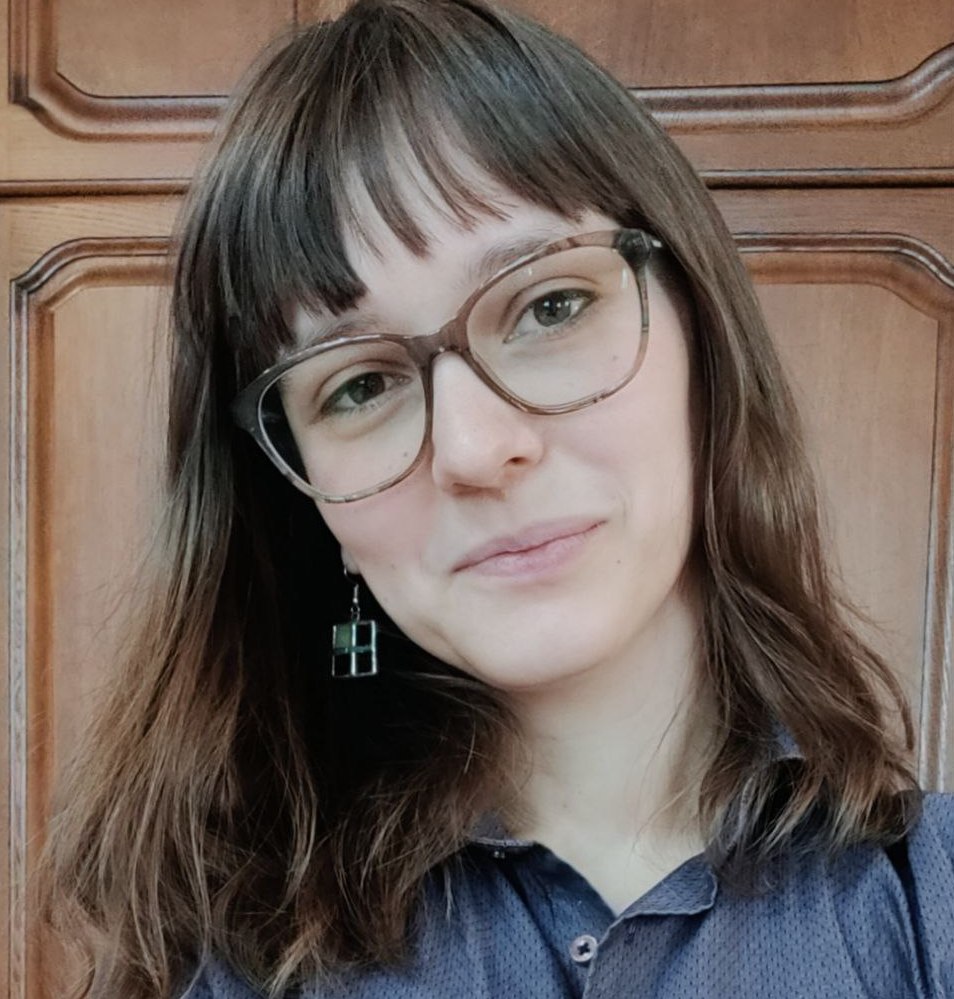 |